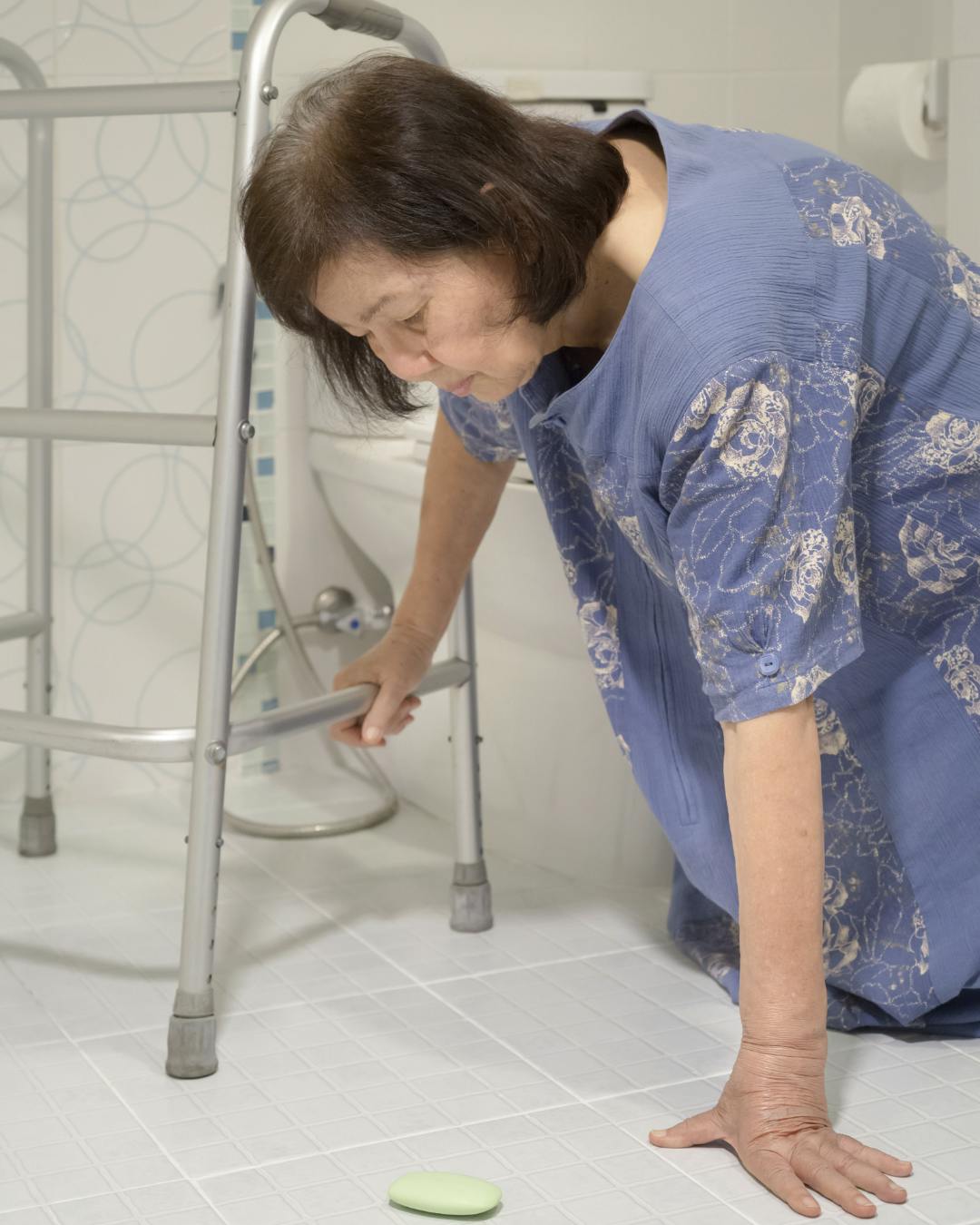Falls are a significant health concern, particularly among older adults, leading to serious injuries, reduced quality of life, and increased healthcare costs. Physical therapy plays a crucial role in fall prevention by addressing various factors contributing to falls and implementing targeted interventions.
Physical therapists work with individuals to assess their balance, strength, and mobility, which are key factors in preventing falls. By developing personalized exercise programs, focusing on improving muscle strength, flexibility, and coordination, physical therapy helps individuals enhance their balance and reduce their risk of falling. In addition to exercises, physical therapists also provide education on fall prevention strategies, such as home safety modifications and adaptive equipment recommendations.
Risk Factors for Falls
Falls among the elderly can result from a combination of various risk factors. Understanding these factors is crucial for implementing effective fall prevention strategies. Here are some common risk factors associated with falls in the elderly:
 – Muscle Weakness: Reduced muscle strength, particularly in the lower extremities, can impair balance and stability, increasing the risk of falls.
– Muscle Weakness: Reduced muscle strength, particularly in the lower extremities, can impair balance and stability, increasing the risk of falls.
– Medication Side Effects: Certain medications, especially those affecting the central nervous system, blood pressure, or causing dizziness, can increase the risk of falls.
– Environmental Factors: Hazards in the home or community, such as uneven surfaces, poor lighting, clutter, and lack of handrails, contribute significantly to falls.
– Chronic Health Conditions: Diseases like arthritis, diabetes, cardiovascular disorders, and neurological conditions can increase the risk of falling.
-Cognitive Impairment: Conditions such as Alzheimer’s disease can affect judgment, spatial awareness, and decision-making, leading to an increased risk of falls.
-Dehydration: Inadequate fluid intake can lead to dizziness, weakness, and fainting.
-Inactivity: A sedentary lifestyle can lead to muscle atrophy, reduced strength, and diminished balance, contributing to an increased risk of falls.
-Impaired Sensation: Peripheral neuropathy, often associated with conditions like diabetes, can lead to reduced sensation in the feet, making it challenging to detect changes in surface texture and hazards.
-Alcohol Use: Excessive alcohol consumption can impair coordination and judgment, increasing the risk of falls.
Falling and Getting Up in the Right Way
Imagine an elderly individual, determined to maintain their independence, who unexpectedly finds themselves on the floor after a stumble. Instead of panicking, they recall the importance of falling in the right way. With deliberate movements and a focus on proper technique, they manage to land safely, minimizing the risk of injury. Falling and standing up safely are essential skills, especially for individuals at risk of falls or those with limited mobility.
Falling Safely
2. Tuck your Chin & Protect Your Head 3. Bend Your Knees 4. Land on Fleshy Areas like the buttocks or thighs |
Standing Up Safely
2. Roll to Your Side and use your arms to push yourself into a crawling position. 3. Crawl to Stable Furniture for Support 4. Kneel First before attempting to stand. Engage Leg Muscles, keeping your weight centered over your feet. |
Regular practice of these techniques, under the guidance of a healthcare professional or physical therapist, can enhance muscle memory and improve your ability to fall and stand up safely. Additionally, addressing underlying factors such as strength and balance through exercise can further reduce the risk of falls.
Ongoing Monitoring and Support
Physical therapists engage in ongoing monitoring to track progress and make necessary adjustments to the intervention plan. Regular follow-up sessions allow therapists to address emerging issues, modify exercises, and provide ongoing education. Additionally, therapists collaborate with other healthcare professionals, such as physicians and occupational therapists, to ensure a holistic and coordinated approach to fall prevention. For more information watch this video.
Conclusion
By conducting thorough assessments, designing personalized exercise programs, providing education, making environmental modifications, and offering ongoing support, physical therapists contribute significantly to reducing the risk of falls and improving the overall well-being of individuals. A collaborative effort between healthcare professionals, patients, and caregivers is essential in implementing effective fall prevention strategies and promoting a safer, more active lifestyle.




